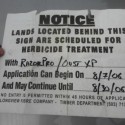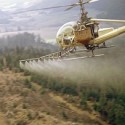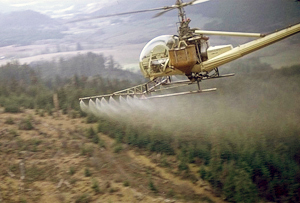“Shall we see our children stripped of everything provided by a wise Providence for the sustenance of untold generations? The earth does not belong entirely to the present. Posterity has its claims.”
— Frank Lamb, Grays Harbor forester, 1909
Hardly a day goes by anymore without the release of a disturbing new article or study exposing the terribly destructive impact toxic herbicides are wreaking on our world. Just in the last few months, popular articles have linked common herbicides to autism, anencephaly birth defects, and an exceptionally deadly outbreak of kidney disease in Central America. In that same time, a study published in the journal Biomedical Research International revealed that Monsanto’s Roundup herbicide is 125 times more toxic than regulators say; a feature in The New Yorker described how large chemical manufacturers like Syngenta systematically harass scientists for producing research that threatens their profits; and the Seattle Times ran an editorial entitled “The Failure of the EPA to protect the public from pollution” which documents the chemical industry’s cozy ties to government regulators.
In this context, the battle to defend our wildlife populations in the Pacific Northwest from the known dangers of forest chemicals is but one front in a global war on this most pervasive and insidious toxicity. Our elk herds, suffering as they are from multiple maladies including an epidemic of hoof disease, are simply the largest and most obvious victims of a prolonged siege that is being waged on industrial timber lands throughout the states of Washington and Oregon. Thankfully, just as Washington Department of Fish and Wildlife (WDFW) officials began informing the public of their intention to euthanize crippled elk before actually understanding the cause of their disease, the collective rallying cry to save these animals, or at least properly study them, has become very loud indeed.


